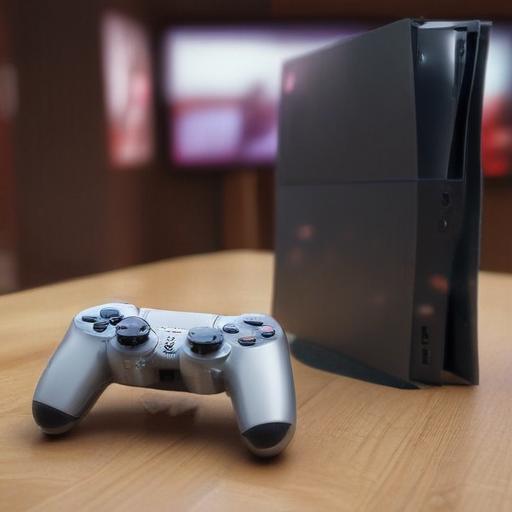The development of the PlayStation 6 has taken an intriguing turn, with recent leaks indicating that Sony is pursuing a dual-platform strategy for its next-generation gaming system. Sources, including Moore’s Law is Dead and Notebookcheck, reveal that the company is working on two distinct AMD-powered APUs, designated with space-themed codenames: Orion and Canis.
The Orion APU is set to form the core of Sony’s primary PlayStation 6 console, while Canis represents an innovative handheld gaming device. This portable system is not merely a continuation of the PS5 but a significant addition to the PS6 lineup. It is engineered to support a wide range of titles, capable of playing games from three console generations—PS4, PS5, and PS6—with performance options at 1080p or 720p.
The recent implementation of a power-saving feature on the PlayStation 5, which optimizes performance to minimize energy consumption, lends credence to earlier speculations regarding Sony’s commitment to handheld gaming. Through this dual-APU approach, the shared CPU and GPU architecture simplifies development processes and potentially reduces costs for game creators.
The handheld device is envisioned as both a portable gaming alternative and a compact home console, thereby appealing to budget-conscious consumers and current PS4 owners. Furthermore, the transition from the Shakespearean codenames used during the PS5’s development to astronomical nomenclature symbolizes a new era for the PlayStation brand. As anticipation builds, additional specifications and pricing information are expected to be revealed in the coming months.
This strategic move not only showcases Sony’s innovation in gaming technology but also reflects its commitment to expanding accessibility within the gaming community. The introduction of a versatile handheld console could bring gaming experiences to an even wider audience.
